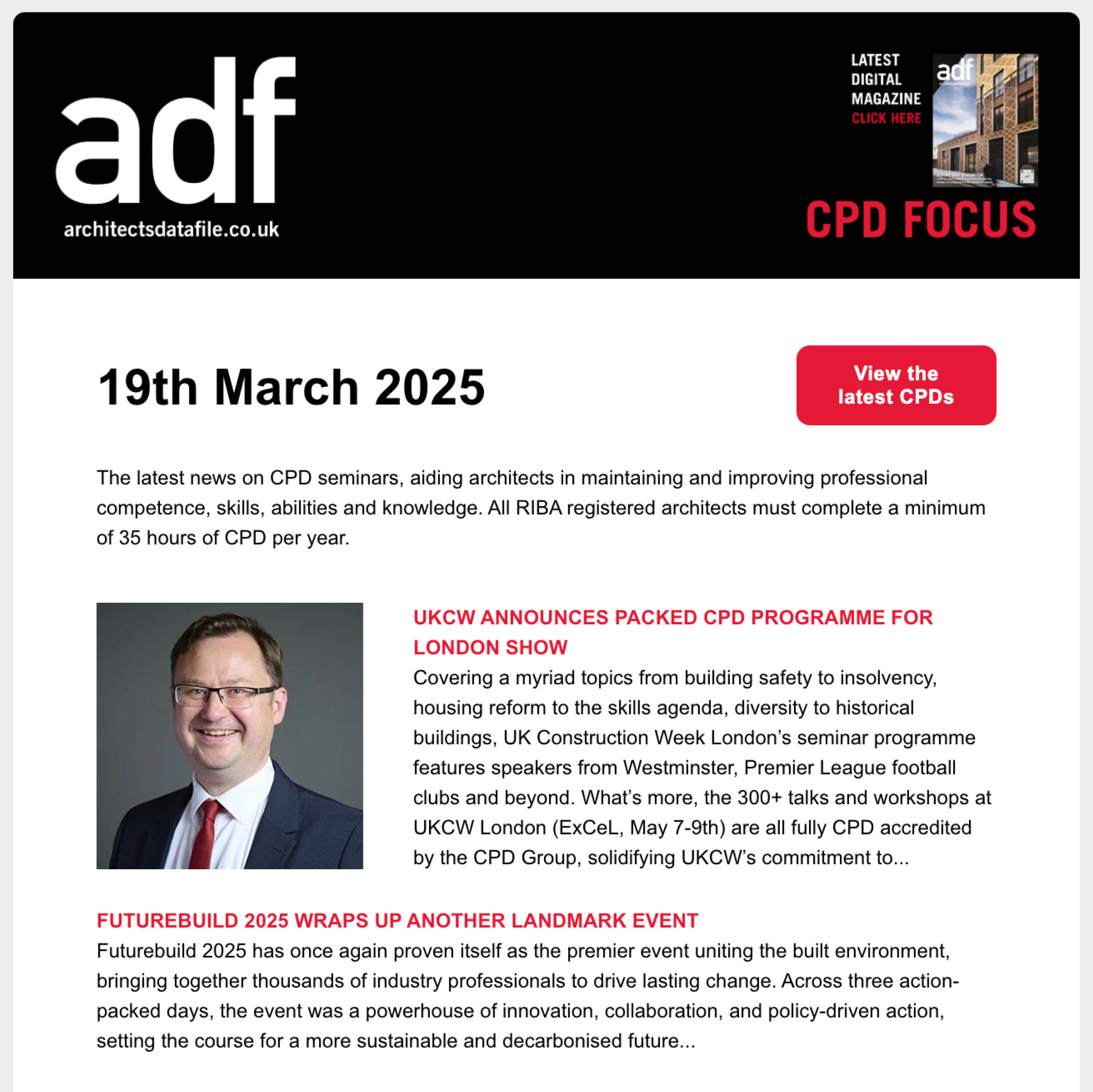Cradle to cradle sustainability is one of those terms which has been bandied about for some time now, but what does it actually mean and how can it be applied inreality? John Dunnington of Euroclad looks at how to ensure your metal roof system is sustainable from cradle to cradle.
The phrase ‘Cradle to Cradle’ was coined in the 1970s by Walter R. Stahel but was popularised by McDonough and Braungart’s book of the same name, published in 2002. According to the Dictionary of Sustainability the term essentially means that all material inputs and outputs can either be recycled or reused with no loss of quality. In contrast, cradle to grave refers to a company taking responsibility for the disposal of goods it has produced but not necessarily putting the products constituent components back into service.
A holistic approach to cradle to cradle sustainability looks to minimise the environmental impact of the production of components, manufacturing processes, transport, installation, use and end of life. It would also include a life cycle assessment of environmental impact categories such as global warming, resource depletion, embodied energy, eutrophication, acidification and volatile organic compound emissions. So how do you guarantee that your metal roof or wall system offers Cradle to Cradle sustainability which encompasses all of these various elements?
The first step is to source CE Marked products which are produced in the UK to an Environmental Management System accredited to ISO 14001:2004 and a Quality Management System accredited to ISO 9001:2008; ideally from a manufacturer that has achieved or is committed to achieving the BES 6001 standard for Responsible Sourcing. This will ensure you are purchasing high quality products, manufactured in an environmentally accountable way from responsibly sourced materials and will result in lower transport costs and emissions than imported products.
Materials form a big part of the overall sustainability of a roof or wall cladding system. Steel and aluminium are the most common materials used in metal building envelopes and, despite the energy associated with the initial manufacture of these materials, they offer significant advantages when considering the entire product life cycle.
The type of system used can have a major impact on the sustainability of an external building envelope. Metal built-up roof and wall assemblies are engineered to be quickly constructed on-site delivering faster project completion. Site assembly allows for optimal transport loads which can reduce disruption to local communities and cut down CO2 emissions. Installed performance of a roof or wall is critical to the cradle to cradle philosophy in the context of construction. Thermal performance that can not only achieve but exceed building regulations and will contribute significantly to achieving an energy efficient building, particularly when it is combined with good air tightness.
By selecting a mineral fibre type of insulation – such as stone wool or glass wool, which maintains its U-Value over time – you can ensure the thermal performance of a building’s roof remains constant throughout its life.
At the end of a building’s useful life the cradle to cradle circle closes and the end of life options need to be considered. Built-up metal roof and wall cladding can be deconstructed with relative ease and the steel or aluminium external and liner sheets can be recycled. Mineral wool insulation cores contain zero ozone depleting substances, have low global warming potential and no added greenhouse gases. This means that the insulation can be dealt with easily. Mineral wool does not have to be treated as special or hazardous waste and can be completely recycled into virgin product.
The M&S Store at Cheshire Oaks is an example that shows how metal roofing can be an integral part of a sustainably-focussed building. This Marks and Spencers flagship store is the 2nd largest M&S store in the UK and is their greenest store, using the latest innovations to reduce environmental impact. The roof is a built-up metal system, which combines minimal environmental impact with impressive looks. It is comprised of 11,000m2 of multi-waveform standing seam roof, glass wool insulation and curved liner sheet. The aluminium roof reflects excess heat and 100 per cent of the aluminium is from a recycled source. It also helps to achieve outstanding air tightness in the store of less than three (3m3/hr/m² @50 pascals).
By sourcing a cladding system which is able to tick all of the boxes, it is possible to protect your pocket as well as the planet. A cradle to cradle approach can deliver a sustainable metal roof solution that doesn’t cost the earth.





